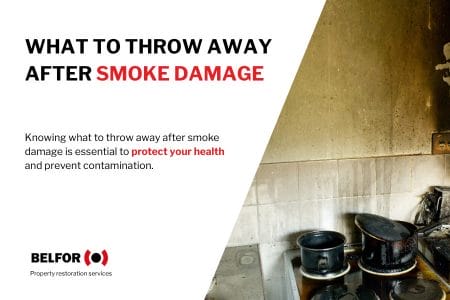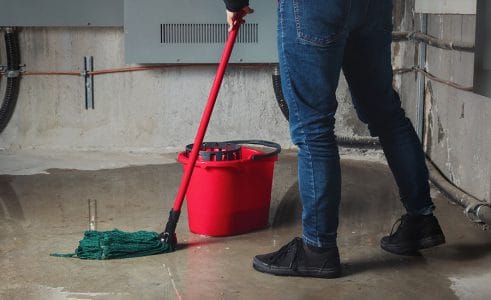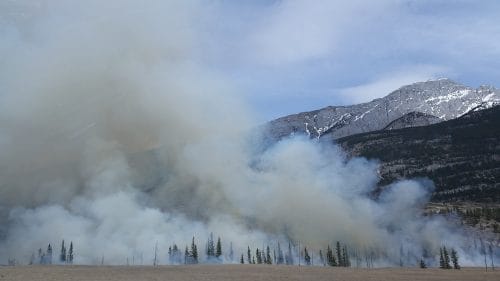Protect Your Property From Winter Damage
How To Protect Your Property From Snow/Ice Damage and Other Winter Hazards
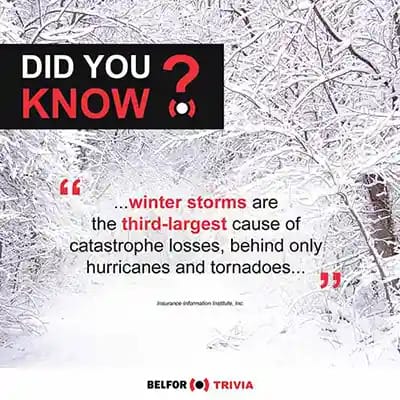
It is a known fact that winter weather trends can be unpredictable throughout the United States. Homeowners in colder climates, including the Northeast, Midwest, and mountain areas should weather-proof their properties well before potential cold-weather storms hit.
Winter storms often bring with them an array of extreme cold, snow, high winds, and icy conditions, which can cause potential outages for days or even immobilize entire regions. Basic communication services and power and heat sources can be knocked out for days until usage is safe again.
The National Weather Service refers to winter storms as “deceptive killers”, as statistics highlight that most deaths around this period are indirectly related to the weather.
The past five years have highlighted how towns and cities around the country can be completely shut down by the challenges of winter weather.
Snow and ice dams can be large threats to the exterior structures of properties, so it is crucial to take steps to ensure your property is structurally sound.
Monitor Ice Dams On Roofs
Ice dams are formed by layers of snow and ice building up in the eaves of your roof or guttering. This build-up of snow and ice then backs up and “dams” the natural flow of water off the roof. It is this damming that causes the water to run down the interior wall surfaces.
A constant increase in the amount of snow on a roof can lead to potential structure damage, as well as leaks or water damage in your home. Sturdiness and slope are all variable and can react differently in adverse winter weather conditions. You may seek professional help if you think your roof may need modifications.
After a storm and only when safe to do so, you can use a long-handed rake to remove snow from your roof. The amount of snow that your roof and gutters can take will depend on the type, age, and condition. Ensure that downspouts and gutters are clear in an effort to prevent flooding.
One of the best long-term methods for preventing ice dams is to install a water-repellent membrane in your roof. This is installed under the shingles and acts as an extra barrier, helping to prevent water from seeping into your property.
Prevent Your Pipes From Freezing
When the weather gets colder, unprotected water pipes can often freeze, leaving you without water (and in some cases without heating, too). Without steps to protect them during the winter months, water pipes can freeze and sometimes burst. Allowing heat to circulate around your home and having sufficient insulation can help ensure the pipes remain at a constant temperature.
If you do identify a frozen pipe, you can thaw it out slowly by using a hot water bottle or towels soaked in warm water. If you have a burst water pipe, turn off the water supply immediately, by turning the valve to stop the flow of water – this will prevent any further damage until you can get it fixed.
Winterize Your Interior
Making alternations to your home, including using silicone foam, caulking any holes, and adding insulation to walls can have a significant impact on your home’s energy bills. Make sure that your heating, ventilation and air conditioning (HVAC) system is regularly serviced too, as a failing system can result in wasted energy and wasted money.
Doors and window-sills are also major culprits when it comes to letting heat escape. Caulking and weather-stripping can help to reduce the likelihood of heat loss, as well as the possibility of water seeping into your home due to ice dams.
You may want to consider installing a generator for emergency outages to help when your main power sources are disturbed. This will allow you to connect up lights, refrigerators, and electrical heating devices and stay warm and safe in your home.
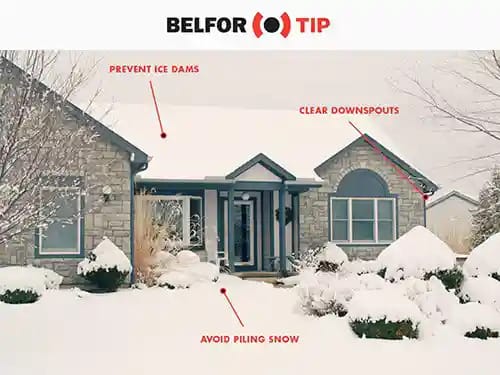
Inspect The Exterior of Your Home and Clear Any Leaves and Branches
Make sure you clear any leaves and branches from your drain pipes before the winter season arrives. Safely cut away any branches that are hanging over your house and repair any damage to your guttering and roof. These issues could pose a risk to structures, people, and vehicles. Trimming trees can be dangerous in icy weather though, so try and get this done before the cold winter period begins.
Clear Pathways and Property Entrances
After a storm, it’s vital that you remove snow and ice from walkways and parking lots if you are a business owner. Use rock salt or grit to avoid any slips or trips. Removing snow and treating icy surfaces with a safe snow melting product will allow customers safe access to your business.
By following these few basic precautions, you can ensure that the interior and exterior of your home or business is safe this winter. Remember that snow and unpredictable weather patterns can potentially threaten your property’s structure, so be sure to seek professional advice if there are signs of damage.
.jpg)
